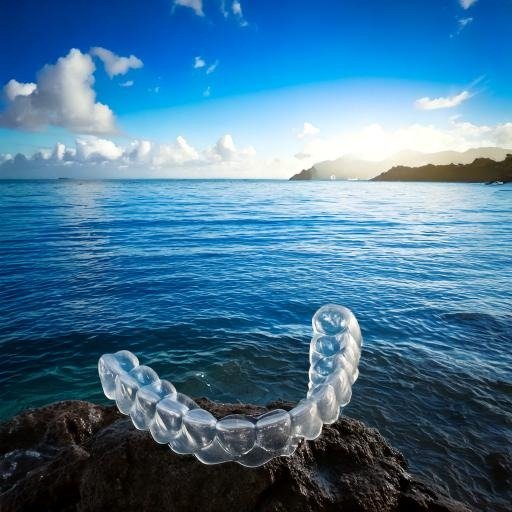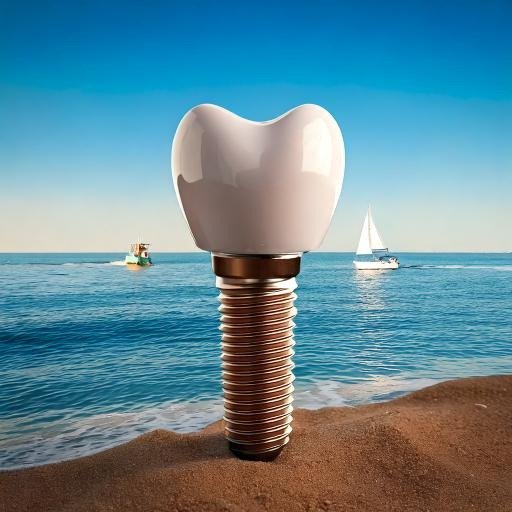A professional teeth cleaning is one of the most effective ways to maintain good oral health. Whether it’s a routine cleaning or a deeper treatment, understanding the cost and benefits of dental cleanings can help you make an informed decision. In this article, we will break down the different types of teeth cleaning, factors that influence cost, and why investing in regular dental hygiene is essential for your long-term health.
How Much Does Teeth Cleaning in Horley Cost?
When it comes to oral hygiene, teeth cleaning in Horley is one of the most important steps you can take to maintain a healthy smile. But how much should you expect to pay for this essential service? The cost of teeth cleaning can vary depending on factors such as the type of cleaning, the dentist’s experience, and the location of the practice.
Generally, the cost of a standard teeth cleaning in Horley depends on whether it is a routine cleaning where your dentist or hygienist removes plaque, tartar, and surface stains. However, if you need a deep cleaning (also known as scaling and root planing), the cost can increase due to the extra time and treatment involved.
Regular teeth cleaning is an investment in your long-term oral health. By preventing gum disease and cavities, you save money on more costly treatments like fillings or root canals down the line. Moreover, maintaining a clean and healthy smile is essential for your overall health and well-being.
What Is a Professional Teeth Cleaning?
A professional teeth cleaning is a procedure performed by a dental hygienist or dentist to remove plaque, tartar, and stains from your teeth that regular brushing and flossing can’t eliminate. This cleaning is essential for maintaining optimal oral health and preventing gum disease, cavities, and other dental issues.
During a professional cleaning, the dentist or hygienist uses special tools to clean below the gum line, where plaque can accumulate. They may also polish the teeth to remove surface stains and leave your smile feeling fresh and smooth. The process typically takes between 30 minutes to an hour, depending on the extent of the cleaning needed.
The American Dental Association (ADA) recommends that adults have their teeth cleaned at least once every six months to maintain good oral health. Teeth cleaning in Horley follows the same principles, ensuring that your teeth stay clean and healthy with regular professional care.
Differences Between Standard and Deep Teeth Cleaning
There are two main types of teeth cleaning: standard cleaning and deep cleaning. Understanding the difference is important when determining the appropriate treatment and its cost.
Standard Teeth Cleaning
A standard cleaning is the most common form of dental cleaning. This procedure is typically performed during routine dental check-ups and is suitable for patients with healthy teeth and gums. The process involves removing plaque and tartar build-up from the surface of the teeth using a combination of manual tools and ultrasonic devices. The hygienist or dentist will also polish the teeth and provide fluoride treatment to help strengthen the enamel.
Deep Cleaning (Scaling and Root Planing)
A deep cleaning, on the other hand, is often necessary for patients with gum disease or severe plaque build-up. This procedure targets the spaces below the gumline and involves scaling (removal of tartar) and root planing (smoothing the roots of teeth to promote healing). Deep cleanings require more time, typically two appointments, and may involve anaesthesia to ensure the process is comfortable.
Teeth cleaning in Horley can include both types of treatments, depending on your oral health. A standard cleaning is typically less expensive, while a deep cleaning can cost more due to the additional time and complexity involved.
Factors That Influence the Cost of Teeth Cleaning
The cost of teeth cleaning in Horley can vary due to several factors. Here are the most common elements that influence the price:
Location
Dental practices in larger cities or more affluent areas tend to have higher fees due to operating costs. In contrast, practices in smaller towns or suburban areas may offer more affordable options.Type of Cleaning
As mentioned earlier, a standard cleaning is usually less expensive than a deep cleaning. The severity of gum disease or the amount of plaque build-up will influence the treatment required.Experience and Expertise of the Dentist or Hygienist
Highly experienced professionals may charge higher fees for their services. However, paying for skilled care can provide peace of mind and more effective treatments.Insurance Coverage
If you have dental insurance, your policy may cover a portion of the cleaning cost. Always check with your insurance provider to understand what is covered and how much you’ll need to pay out-of-pocket.Additional Treatments
Sometimes, additional treatments such as fluoride treatments, X-rays, or dental sealants may be recommended during a cleaning. These extras can increase the total cost.
Is Teeth Cleaning Covered by Insurance?
Many dental insurance plans cover the cost of teeth cleaning in Horley, especially if it’s considered preventive care. Most policies offer coverage for routine cleanings at least once or twice a year. However, coverage for more complex procedures, such as deep cleaning, may depend on your plan’s details.
To find out whether your insurance covers teeth cleaning, check with your provider for a list of covered treatments. If you don’t have insurance, many dental clinics offer payment plans or financing options to help spread out the cost.
Why Investing in Regular Teeth Cleaning Is Important
Investing in regular teeth cleaning in Horley is one of the most effective ways to maintain long-term oral health. Preventing the build-up of plaque and tartar reduces the risk of gum disease, cavities, and tooth loss. By addressing oral health issues early, you can avoid more costly and invasive treatments in the future.
Furthermore, regular cleanings can help detect issues like oral cancer, cavities, or signs of gum disease before they become more serious. A healthy smile can also improve your overall confidence and quality of life.
How to Maintain Healthy Teeth Between Cleanings
Maintaining healthy teeth between professional cleanings is essential to ensure that your oral health stays in top condition. The habits you adopt daily play a vital role in preserving the work done during professional cleanings and preventing future dental problems. Here are some key practices to help you maintain a healthy smile between cleanings:
Brush Twice a Day with Fluoride Toothpaste
Brushing your teeth twice a day is the foundation of good oral hygiene. Fluoride toothpaste helps prevent tooth decay by strengthening the enamel, which protects your teeth from the harmful effects of acid and bacteria. Be sure to use a soft-bristled toothbrush and spend at least two minutes brushing each time. Don’t forget to brush your tongue, as it can harbour bacteria that contribute to bad breath.Floss Daily
Flossing is just as important as brushing because it helps remove food particles and plaque from between your teeth, areas that a toothbrush can’t always reach. This prevents the build-up of plaque, which can lead to cavities and gum disease. Flossing also stimulates your gums, promoting blood flow and keeping them healthy. Make flossing a daily habit to ensure that every part of your mouth stays clean.Avoid Sugary Snacks
Eating sugary foods and drinks can create an ideal environment for harmful bacteria to thrive in your mouth. These bacteria produce acid that can wear down enamel, leading to cavities. Try to limit your consumption of sugary snacks, sodas, and processed foods. Opt for healthier snacks, such as fresh fruits, vegetables, or nuts, which help maintain strong teeth and gums.Use Mouthwash Regularly
Mouthwash is a great way to enhance your oral hygiene routine. It not only freshens your breath but also helps reduce bacteria in your mouth, which can cause plaque and gum disease. Antibacterial mouthwashes can kill harmful bacteria and help fight gum disease. Additionally, mouthwash can reach areas that brushing and flossing may miss, providing extra protection between cleanings.Drink Water Frequently
Staying hydrated is crucial for your oral health. Water helps wash away food particles and bacteria that can contribute to plaque build-up. It also helps maintain a healthy flow of saliva, which plays a vital role in neutralising acids in your mouth and protecting against cavities. Drinking water, especially after meals, helps keep your teeth clean and your mouth fresh.Chew Sugar-Free Gum
Chewing sugar-free gum stimulates saliva production, which naturally cleanses your teeth. It also helps neutralise the acids produced by bacteria in your mouth, further preventing tooth decay. Sugar-free gum containing xylitol can also reduce plaque formation and enhance oral health between cleanings.
By following these steps consistently, you can ensure your teeth remain healthy and your next professional cleaning will be more effective. It is important to note that these habits should complement, not replace, professional dental cleanings, which are still crucial for long-term oral health.
The Role of Teeth Cleanings in Preventing Gum Disease
Teeth cleanings play a crucial role in preventing gum disease, one of the most common oral health issues that can lead to severe complications if left untreated. Regular cleanings help remove plaque and tartar, two of the main culprits behind gum disease. Here’s how professional cleanings can contribute to keeping your gums healthy and preventing future issues:
Plaque and Tartar Removal
Plaque is a sticky film of bacteria that forms on your teeth throughout the day. If not removed through brushing and flossing, plaque hardens into tartar, which cannot be removed by brushing alone. Tartar accumulation can irritate the gums, leading to inflammation and gingivitis (early-stage gum disease). A professional cleaning removes plaque and tartar from above and below the gumline, reducing the risk of gum infection.Prevention of Gingivitis
Gingivitis is the earliest stage of gum disease and occurs when plaque builds up along the gumline, causing the gums to become red, swollen, and bleed easily. If not treated, gingivitis can progress to more severe forms of gum disease, such as periodontitis, which can lead to tooth loss. Regular cleanings prevent gingivitis by eliminating the plaque and bacteria that cause it.Reducing the Risk of Periodontitis
If gingivitis is left untreated, it can develop into periodontitis, a more serious condition where the gums pull away from the teeth, creating pockets that become infected. This can lead to tooth mobility and even tooth loss. By regularly removing plaque and tartar, professional cleanings reduce the risk of periodontitis, ensuring the gums remain strong and healthy.Fighting Bad Breath (Halitosis)
Plaque and tartar build-up can also contribute to bad breath, which is often caused by bacteria in the mouth. By removing this build-up during cleanings, your dentist helps to improve your breath, providing you with a fresher, cleaner mouth.Improving Overall Health
Gum disease has been linked to various systemic health issues, such as heart disease, diabetes, and stroke. By preventing gum disease through regular teeth cleanings, you’re also helping to reduce the risk of these serious conditions. Healthy gums contribute to better overall health by preventing harmful bacteria from entering the bloodstream.Stabilising Gum Health
Regular cleanings help stabilise the health of your gums. Professional cleanings remove harmful bacteria and plaque that may cause chronic inflammation. Keeping your gums healthy not only protects your teeth but also supports the tissue and bone structure that holds your teeth in place.
In conclusion, regular teeth cleanings are essential for preventing gum disease and its associated risks. Maintaining healthy gums is key to preserving your teeth for life, and professional cleanings help to reduce the risk of gum disease while promoting better oral and overall health.
What to Expect During Your First Teeth Cleaning Appointment
If you’re visiting the dentist for your first professional teeth cleaning, you may feel a bit nervous or unsure of what to expect. However, understanding the process can help ease your anxiety and ensure that you’re prepared for the appointment. Here’s what typically happens during your first teeth cleaning in Horley:
Comprehensive Oral Exam
Your dentist or hygienist will begin with a comprehensive oral exam. They will inspect your teeth, gums, and mouth for any signs of disease or decay. They may take X-rays to identify issues that are not visible to the naked eye, such as cavities between your teeth or issues below the gumline.Scaling
Once the examination is complete, the dental hygienist will use a scaler (a hand tool or ultrasonic device) to remove plaque and tartar from the surfaces of your teeth. This includes the hard-to-reach areas below the gumline. Scaling may cause slight discomfort if there is a significant amount of build-up, but it should not be painful.Polishing
After scaling, your teeth will be polished using a gritty toothpaste. This step helps remove any remaining plaque and smooths the surface of your teeth, making it more difficult for plaque to accumulate again. The polishing paste also leaves your teeth feeling smooth and shiny.Flossing
The hygienist will then floss your teeth, ensuring that the spaces between your teeth are thoroughly cleaned. Flossing also helps remove any remaining debris and ensures that your gums are healthy.Fluoride Treatment
After the cleaning, a fluoride treatment may be applied to your teeth. This helps strengthen your enamel and protect your teeth from cavities. The fluoride treatment is quick and simple, and it usually takes just a few minutes to apply.Post-Cleaning Advice
After your teeth cleaning, your dentist or hygienist will offer advice on how to maintain your oral health between visits. This may include tips on brushing, flossing, and diet. If any oral health issues are identified, they will discuss treatment options with you.
Your first teeth cleaning in Horley typically lasts about 45 minutes to an hour, depending on the extent of the cleaning needed. Most patients find that the procedure is simple, quick, and leaves their mouth feeling fresh and clean.





